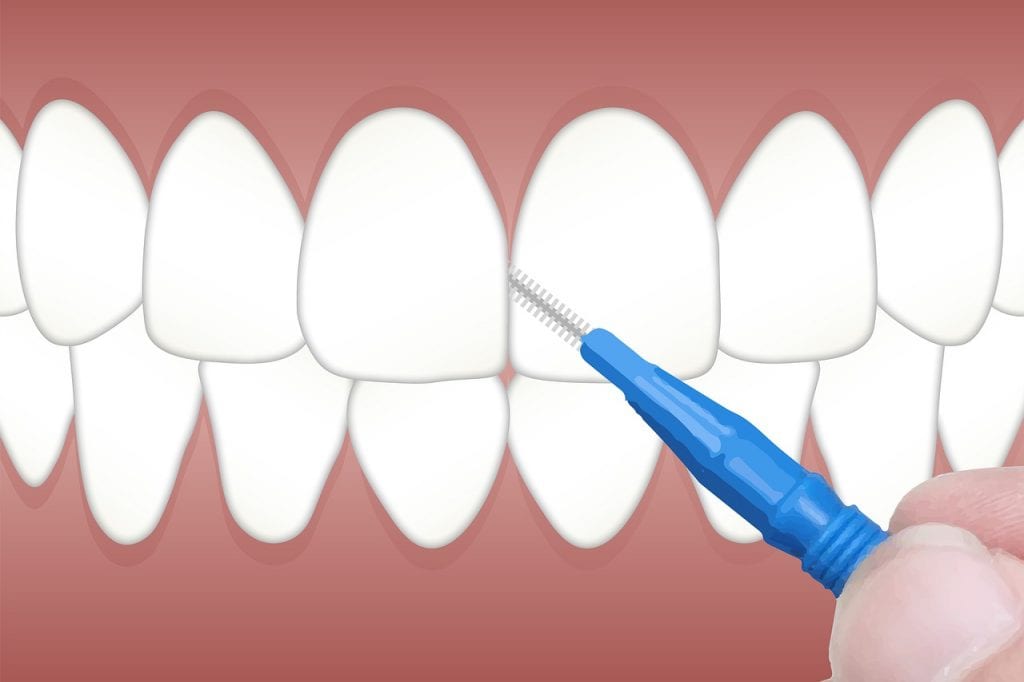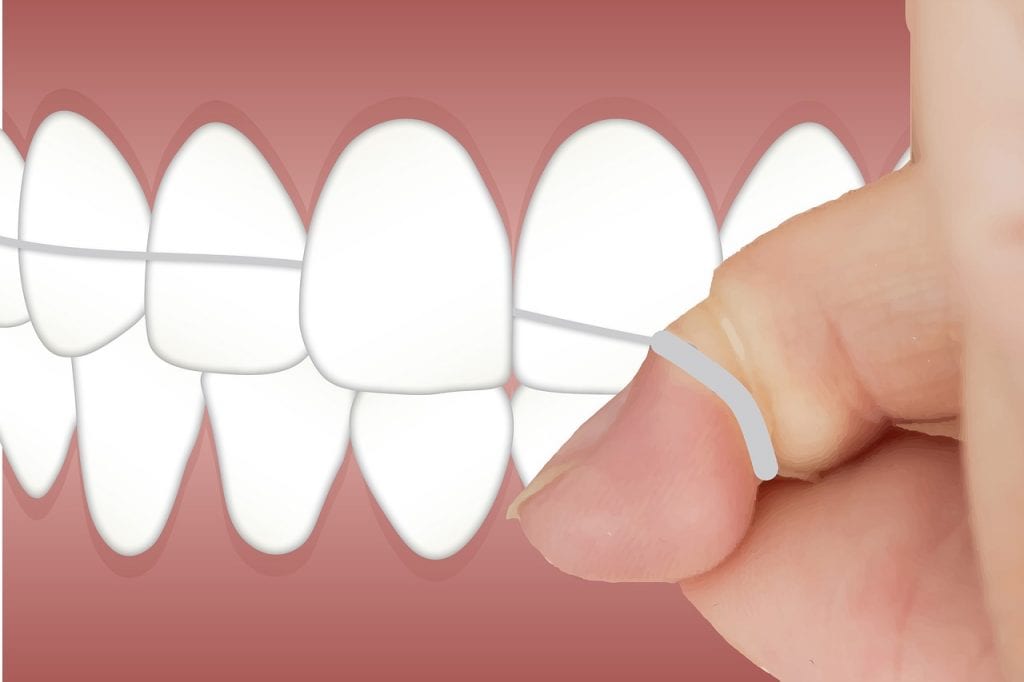Flossing and mouthwashes were originally created to ensure better oral hygiene. Whether you are using a normal brush or an electric toothbrush, you are still cleaning only 3 sides out the five sides your teeth have. So if brushes can only clean 60% of teeth’s surface, how can we clean the remaining 40%? That’s when flossing and interdental brushes came into use. But how effective is an interdental brush? That’s what we are going to find out today.

Interdental brushes vs Floss
These brushes usually have small heads with bristles, they come in different shapes from thin, round, to coned-shaped. The handle could make a huge difference in making the gripping easier; shorter handles are usually better, but you will also find long handles that are similar to toothbrush handles. Unlike the floss approach of “one size fits all”, the size of the brush itself varies between different gap sizes. According to this post, flossing with interdental brushes – WaterFlosserGuide.com, it is better for more thorough teeth cleaning while removing plaque. The only advantage floss right here is the ability to fit between teeth better if you have a smaller gap size.
The pros and cons of using an interdental brush
Interdental brushes are easier to get the hang of more than floss, the bristles are designed to move and compress to be able to fit between gaps of different sizes and shapes. For people with limited mobility, older people, and people who have fixed braces, the brush is definitely easier to use and maneuver more than floss.
Pros
- It removes more bacteria than using toothbrushes.
- The brush helps in getting rid of any food debris that you can’t easily reach with the toothbrush, the removal of plaque and food particles helps in preventing many dental and gum diseases.
- It’s easier to hold and use between teeth with a variety of options for the handle size.
- The movement back and forth motion is easier to master than the traditional floss due to the flexible material the brush is made of.
Cons
- The brush is more expensive than floss as it requires different sizes, be suitable for different gaps.
- If used with force, you could hurt your gum or even cut it.
- You need to sterilize the brush to get rid of any bacteria build-up.
- It can take some time to get in between all gaps, but the outcome is definitely worth the consumed time.

If we compared floss to the interdental brush, the brush will definitely be the winner. They are easier to use, which makes people use them more often than floss. This will lead to better oral hygiene for people who don’t know how to floss or lazy to do so. Sometimes, all you need is two movements back and forth for each gap and you are done. If you are not sure about the brush sizes, it’s better to seek professional help. Your dentist will be able to tell you which are the gaps that need flossing, and which need to be cleaned with interdental brushes and what size to use.








